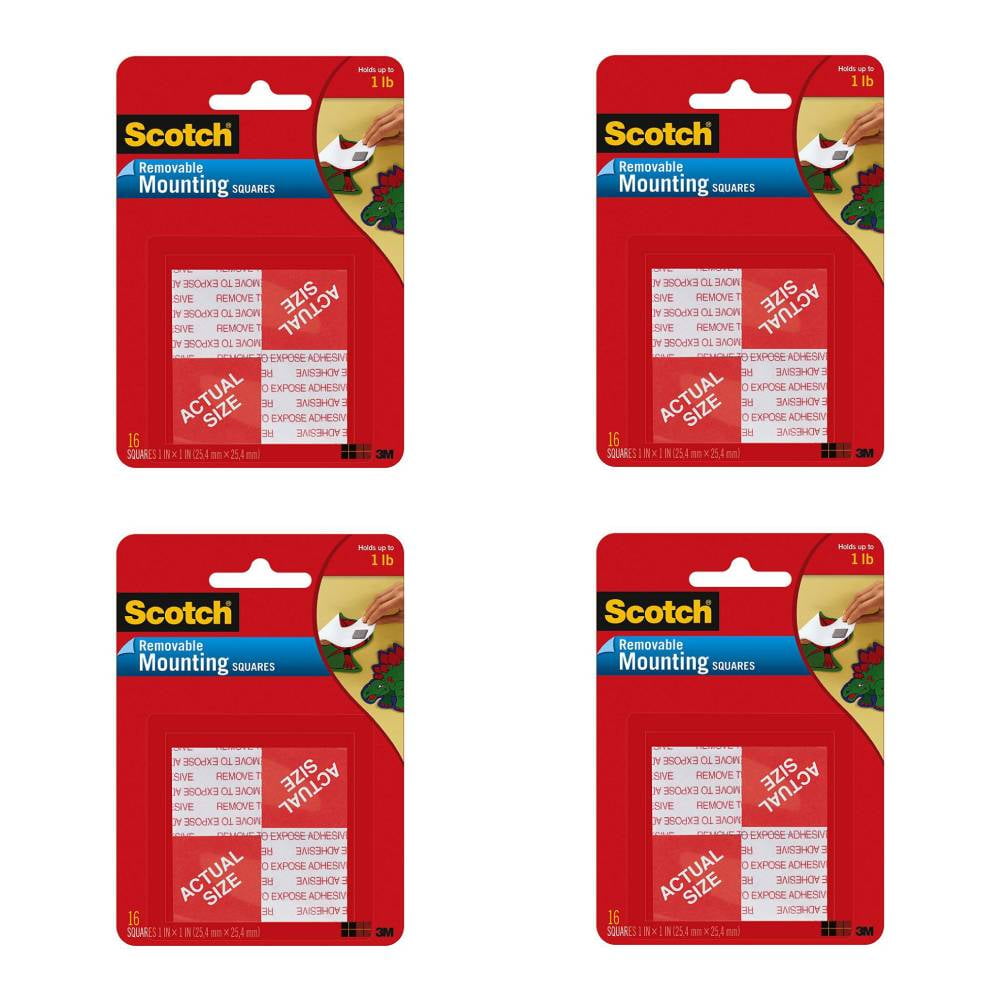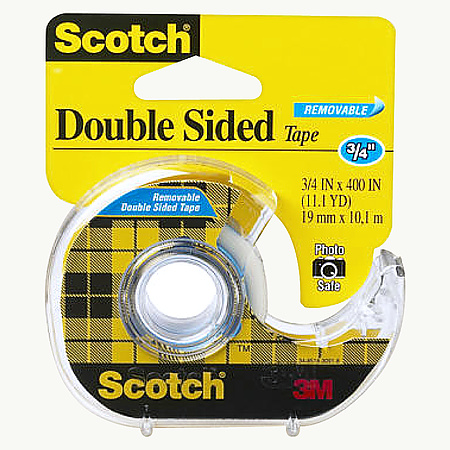

To remove double-sided tape from glass or ceramic, you can use a plastic scraper. Now, remove the iron and tissue paper, and peel the tape off by hand. Once it's preheated, put it on top of the tissue paper, and move it around in a circular motion for 30 seconds. First, put 3 pieces of tissue paper on top of the tape and then set your iron to low heat.

You can also use an iron to remove the double-sided tape. If the tape is still sticking, heat it another 30 seconds before trying again. Next, turn the hair dryer off and slowly peel the tape away with your fingertips starting at a corner. Hold the blow dryer 6-8 inches (15-20 cm) away from the double-sided tape for 30 seconds, which will help loosen the adhesive. Then, turn the hair dryer on and set the heat to the highest setting. J.To remove double-sided tape from a wall or countertop, first plug in a hair dryer in the outlet closest to the tape. Study of electronic emission during the stripping of a layer of high polymer from glass in a vacuum. ^ An even less visible descendant of Magic Tape, Scotch GiftWrap Tape, was introduced in 1997.^ "The Use of Metal and Plastic Reels with "Scotch" Sound Recording Tape" (PDF).^ a b "Scotch 75th Anniversary – The Tale of the Tape – Mad about Plaid".Archived from the original on 3 April 2003. ^ 15 Product Trademarks That Have Become Victims Of Genericization.^ Genericide: When a Brand Name Becomes Generic."How the Invention of Scotch Tape Led to a Revolution in How Companies Managed Employees". "Meet the Banjo-Playing Engineer Who Invented Scotch Tape". ^ inventions, Mary Bellis Inventions Expert Mary Bellis covered films, inventors for ThoughtCo for 18 years She is known for her independent documentaries Alex, including one about Bellis, er Graham Bell our editorial process Mary.^ a b "Scotch Transparent Tape - National Historic Chemical Landmark".^ "Scotch US – History of Scotch Brand – From Tape to Tacky Glue, Laminator Machines and more" (PDF).In 2008, American scientists performed an experiment that showed the rays can be strong enough to leave an X-ray image of a finger on photographic paper. In 1953, Soviet scientists showed that triboluminescence caused by peeling a roll of an unidentified Scotch brand tape in a vacuum can produce X-rays.

Instead the katakana version of the word Mending Tape is used, i.e., メンディングテープ, along with the familiar green and yellow tartan branding. In Japan, "Magic Tape" is a trademark of Kuraray for a hook-and-loop fastener system similar to Velcro. Magic Tape can be written upon with pen, pencil, or marker comes in permanent and removable varieties and resists drying out and yellowing. This quality makes it popular for gift-wrapping. It appears frosty on the roll, yet is invisible on paper. Invented and introduced in 1961, it is the original matte finish tape. Magic Tape, also known as Magic Transparent Tape, is a brand within the Scotch Tape family of adhesive tapes made by 3M, sold in distinctive plaid packaging. In the late 1960s, the Scotch theme was also applied to 3M's all-weather polyurethane Tartan track and the company's artificial grass, Tartan Turf. In 1996, 3M exited the magnetic tape business, selling its assets to Quantegy (which is a spin-off of Ampex). Besides using Scotch as a prefix in its brand names ( Scotchgard, Scotchlite, and Scotch-Brite), the company also used the Scotch name for its (mainly professional) audiovisual magnetic tape products, until the early 1990s when the tapes were branded solely with the 3M logo. The Scotch brand, Scotch Tape and Magic Tape are registered trademarks of 3M. The familiar tartan design, a take on the well-known Wallace tartan, was introduced in 1945. Scotty McTape, a kilt-wearing cartoon boy, was the brand's mascot for two decades, first appearing in 1944. The bodyshop painter became frustrated with the sample masking tape and exclaimed, "Take this tape back to those Scotch bosses of yours and tell them to put more adhesive on it!" The name was soon applied to the entire line of 3M tapes. The brand name Scotch came about around 1925 while Richard Drew was testing his first masking tape to determine how much adhesive he needed to add. The use of the term Scotch in the name was a pejorative meaning " parsimonious" in the 1920s and 1930s. The Scotch brand includes many different constructions (backings, adhesives, etc.) and colors of tape. Modern Scotch brand acetate tape packaging showing the distinctive tartan designĪlthough it is a trademark and a brand name, Scotch tape is sometimes used as a generic term.


 0 kommentar(er)
0 kommentar(er)
